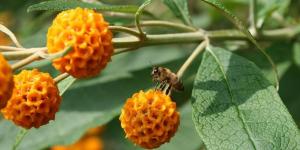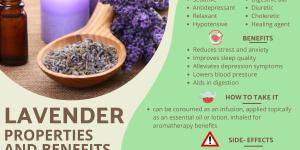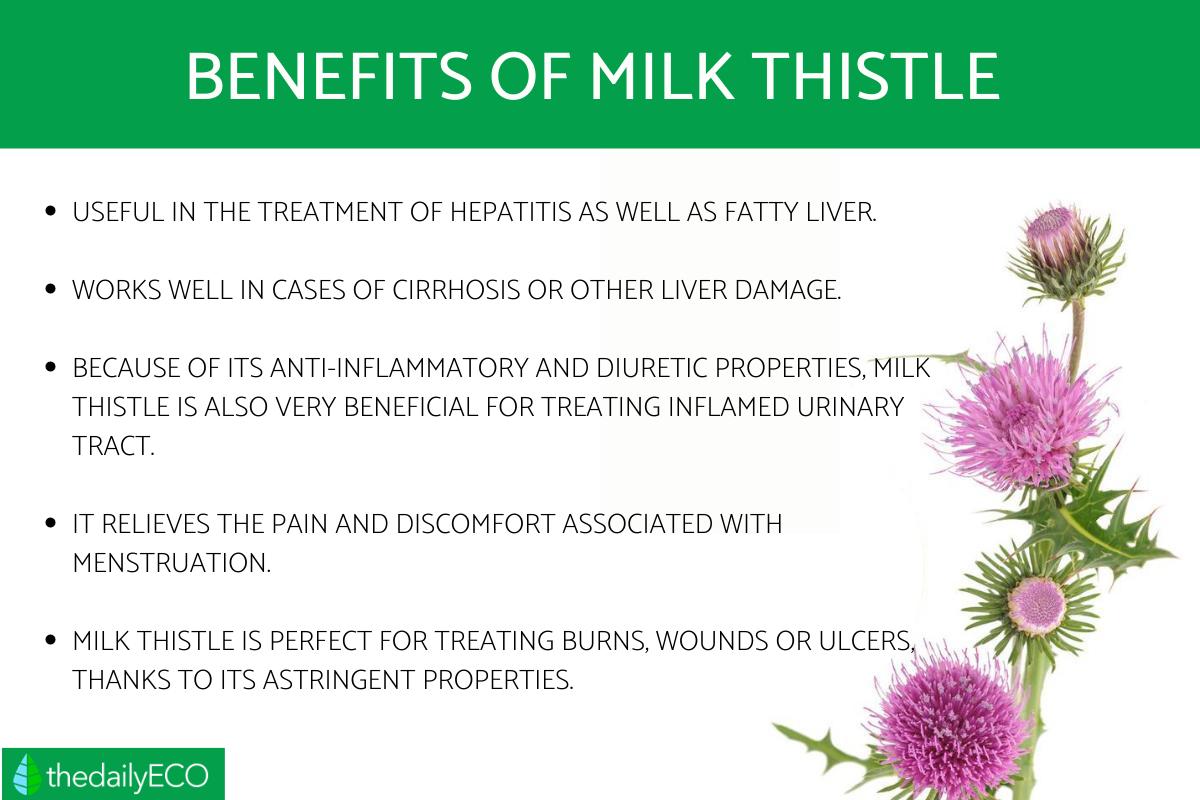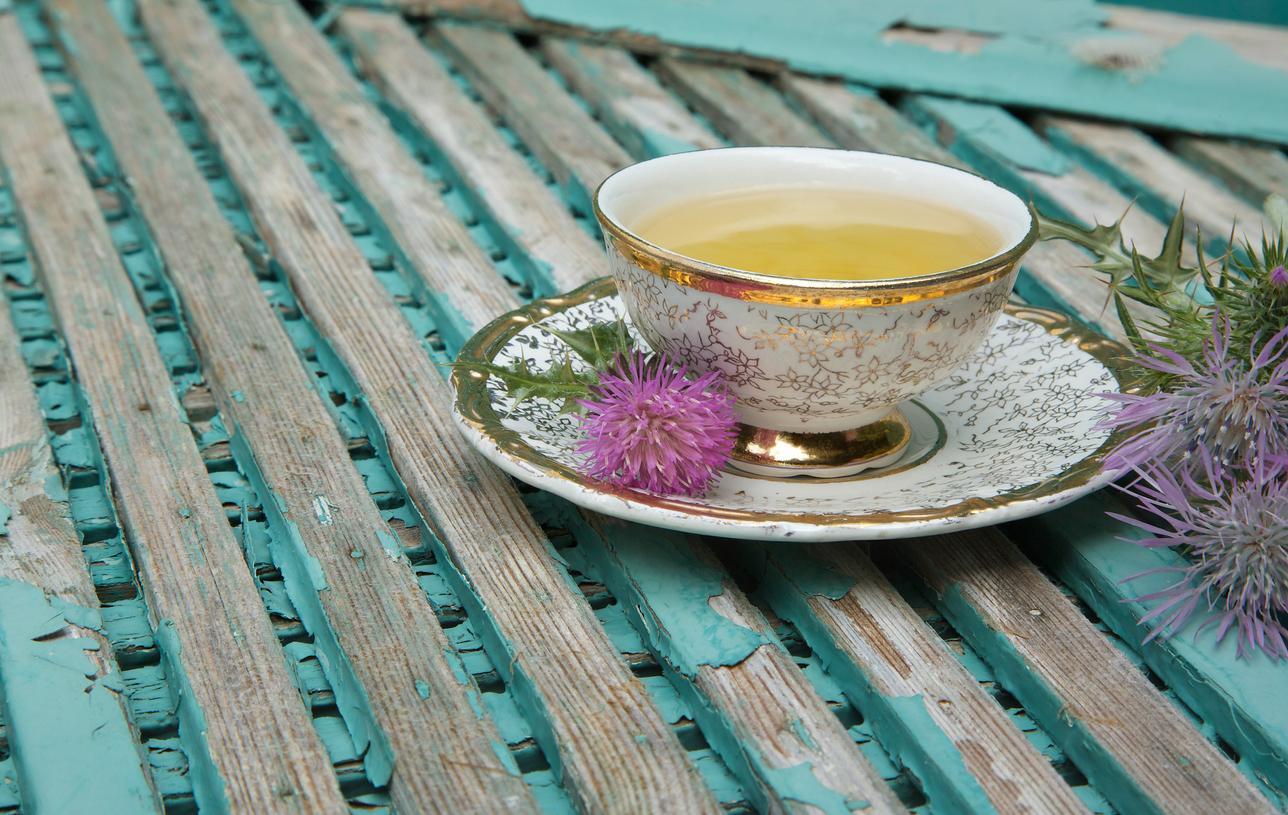Benefits of Milk Thistle - Properties, Uses and Contraindications

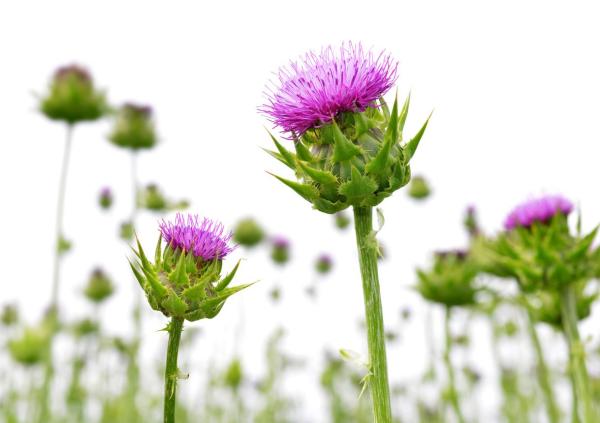
Milk thistle is a herbal remedy derived from the milk thistle plant, also known as Silybum marianum. The plant is named for the white veins on its large, spiny leaves. One of the active ingredients in milk thistle, silymarin, is extracted from the seeds of the plant. Silymarin is believed to have a variety of properties. The terms "milk thistle" and "silymarin" are often used interchangeably. Milk thistle is native to Europe and Asia and was introduced to North America by early colonists. Nowadays, it is widely used throughout the world for its many benefits.
In the following thedailyECO article you will learn everything you need to know about the benefits of milk thistle, its numerous properties, as well as possible side effects and contraindications.
Characteristics of milk thistle
Below, we have listed some of the most important characteristics and interesting facts about milk thistle:
- It has several common names, including Milk Thistle, Blessed Milk Thistle, Milk Thistle, Holy Mary's Milk Thistle, Mediterranean Thistle, and others.
- This spiny plant has distinctive purple flowers and white veins, which, according to tradition, were caused by a drop of the Virgin Mary's milk falling on its leaves.
- Originally it was native to Southern Europe to Asia, but today it is spread all over the world.
- The Silybum marianum plant is an annual or biennial herbaceous plant that can reach a height of more than 3 meters, although in nature it is usually only 1.5 meters high.
- Its leaves, up to 40 cm long, are shiny and have thorns on the edges, which gives it a wild appearance.
- The stem of the plant is strong and thick, it is usually only slightly branched and culminates in a large flower, usually pink and protected by many thorn-shaped bracts.
- The flower appears in the warm months, with the arrival of spring and until midsummer. Also, it is worth noting that this plant is often found on the side of country roads or open fields.
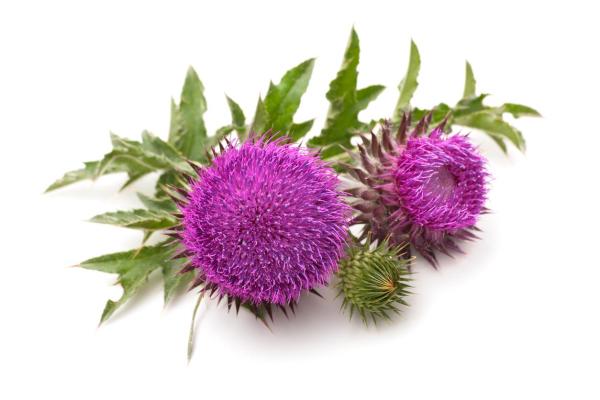
Properties of milk thistle
The most important property of this plant that should be emphasized is its hepatoprotective action. In other words, milk thistle is ideal for protecting the liver and promoting its regeneration. This property derives mainly from the high content of silymarin, a flavonoid, the main ingredient extracted from the seeds harvested from the ripe fruit as soon as the plant begins to dry.
Other active ingredients in this plant include: taxifolin, linoleic, oleic and palmitic acids, mucilages, proteins, and tyramine.
Milk thistle not only protect the liver, but also have many other properties, including:
- Anti-inflammatory
- Antioxidants
- Anti-allergenic astringents
- Diuretic
- Venotonic
- Digestive
- Cholagogue
- Hypoglycemic
- Hemostatic
- Antihemorrhagic
- Antipyretic
- Antidepressant
If you want to know more about another plant with many natural properties that have a positive effect on our health, do not miss the following article in which we talk about Buddleja globose, also known as matico.
What is milk thistle used for?
Due to its long list of properties, milk thistle is used as a natural remedy in the treatment of a variety of ailments. Below, we will explain in more detail the benefits of milk thistle:
- It is an effective remedy against severe digestive disorders and abdominal heaviness.
- It is useful in the treatment of hepatitis as well as fatty liver.
- In cases of cirrhosis or other liver damage due to consumption of large amounts of alcohol, milk thistle may also help relieve some symptoms and discomfort.
- This plant also relieves symptoms of seasonal allergies when taken to support another antihistamine.
- Milk thistle has also been used at home to help lower blood sugar levels.
- Because of its anti-inflammatory and diuretic properties, milk thistle is also very beneficial for treating inflamed urinary tract, so it is a good idea to take it if you have symptoms of cystitis or prostatitis.
- This plant is also able to make some symptoms of menopause more bearable. For example, we are talking about hot flashes, severe migraines, night sweats, etc.
In addition, it relieves the pain and discomfort associated with menstruation.
- For circulatory problems, milk thistle helps relieve numbness in the extremities and can even be used to treat varicose veins and hemorrhoids, as it has ideal stimulant properties for these conditions and the ability to promote venous circulation.
- When used topically, milk thistle is perfect for treating burns, wounds or ulcers, thanks to its astringent properties.
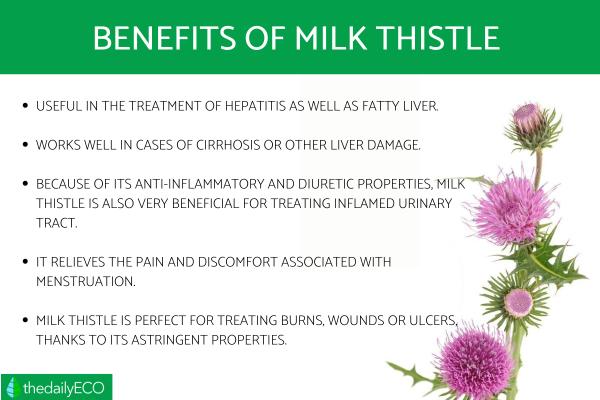
How to take milk thistle
There are several ways to take milk thistle: as an infusion or decoction, powder, tincture, liquid extract, tablets and capsules. So, depending on the ailment to be treated or whether it is taken as a dietary supplement, this plant must be prepared in one way or another. Here we present some ways you can use this plant:
How to take milk thistle infusion
If you want to use the properties of this plant to make a natural liver protectant, you will need to prepare an infusion. To prepare the infusion, follow these instructions:
- To prepare the infusion, it is recommended to use crushed seeds.
- The recommended dose is 3 to 5 g of seeds per cup of water.
- Heat the water until it boils, remove it from the heat and add the milk thistle seeds.
- Cover the infusion and let it sit for 10 minutes.
- This infusion can be taken up to three times a day. We recommend taking the first glass of this milk thistle mixture on an empty stomach and the second before lunch, but never leave the mixture in the refrigerator for more than one night.
Milk thistle for topical use
If you want to treat wounds, burns or inflammations, you must follow these instructions:
- Mix milk thistle with horsetail, alfalfa, bistort root and oak leaves in equal parts.
- Add 4 tablespoons of this mixture to a liter of water and boil it for 4 minutes.
- After that, let everything rest for 5 minutes and strain the liquid.
- When the mixture is already cold, soak compresses or gauze and carefully place them on the area to be treated.
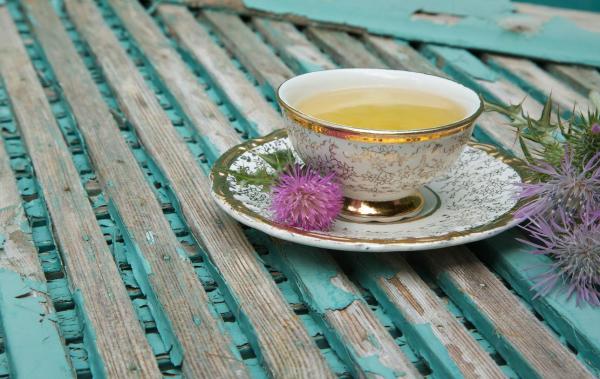
Side effects and contradictions of milk thistle
Even though this plant has many benefits, it is important to not exceed the indicated dosages, as with most of the plant species used in natural medicine. In addition, there are cases in which it is essential not to take it without first consulting a professional. Please note the following:
What side effects does milk thistle have?
- In excessive doses, milk thistle may have an undesirable laxative effect.
- Remember that this plant can cause dermatitis or itching in very sensitive skin.
Contraindications of milk thistle
- Do not take this plant if you suffer from hypertension, as its blood pressure lowering properties may aggravate your condition.
- Also avoid consuming it if you are taking antidepressants, as the plant is not compatible with such treatments and monoamine oxidase inhibitors.
- As a precaution, it is also recommended to avoid consumption in pregnant and lactating women.
- Despite its blood sugar lowering effect, patients with diabetes should definitely consult a specialist before taking this plant.
Take your health into your own hands, talk to your doctor about any complementary health methods you are using. Together, you can make well-informed decisions.
If you want to read similar articles to Benefits of Milk Thistle - Properties, Uses and Contraindications, we recommend you visit our Natural remedies category.
- Cebrián, J., (2012), Dictionary of medicinal plants , Barcelona, Spain, Integral RBA Books.

